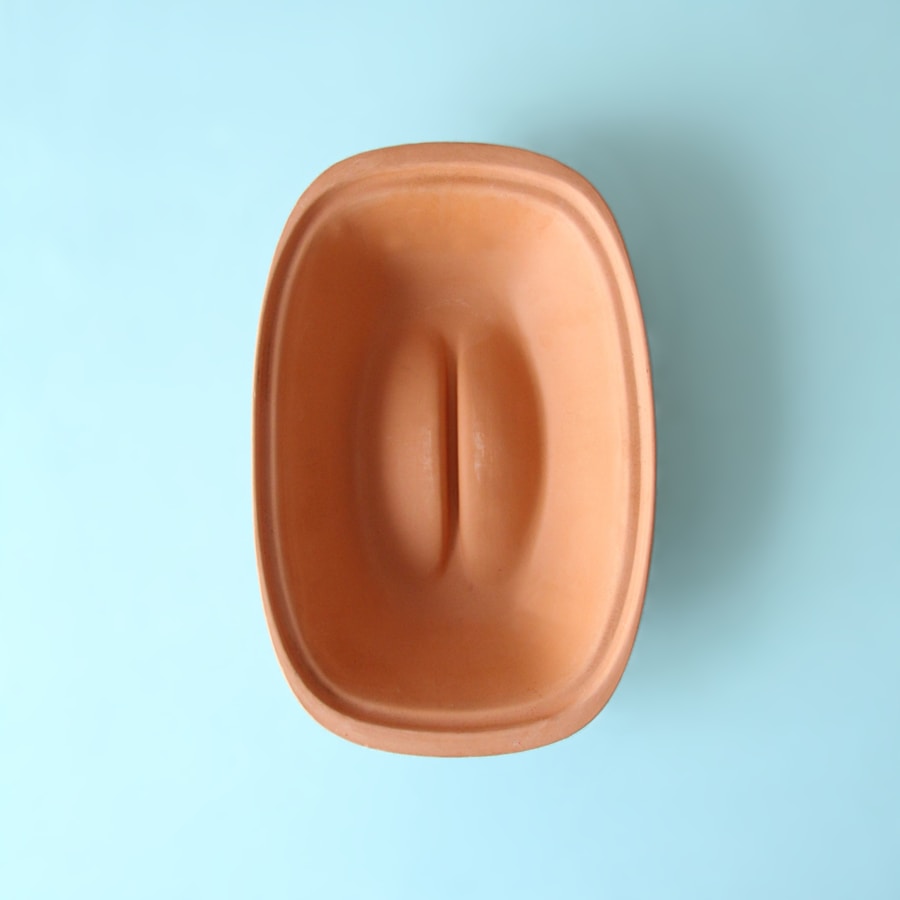When I first began my journey as a pelvic health specialist, I quickly realized that the pelvic floor is often the unsung hero of our bodies. It’s like the foundation of a house; if it’s not strong and well-maintained, everything else can start to crumble. The pelvic floor is a complex network of muscles, ligaments, and tissues that support our bladder, uterus, and rectum.
It plays a crucial role in our daily lives, from controlling our bladder and bowel functions to enhancing our sexual health. Yet, despite its importance, many women remain unaware of how vital it is to keep this area healthy. Understanding the significance of pelvic floor health is not just about avoiding discomfort; it’s about reclaiming our confidence and quality of life.
When the pelvic floor is functioning optimally, we can engage in activities we love without fear or hesitation. Whether it’s running after our kids, enjoying a night out with friends, or simply feeling comfortable in our own skin, a healthy pelvic floor allows us to live fully. I’ve seen firsthand how addressing pelvic health issues can transform lives, helping women regain their sense of self and empowerment.
Contents
- 1 Common Pelvic Floor Disorders
- 2 Risk Factors for Pelvic Floor Dysfunction
- 3 Exercises and Techniques for Pelvic Floor Rehabilitation
- 4 Pelvic Floor Health During Pregnancy and Postpartum
- 5 The Role of Diet and Nutrition in Pelvic Floor Health
- 6 Seeking Professional Help for Pelvic Floor Issues
- 7 Preventative Measures for Maintaining Pelvic Floor Health
- 8 FAQs
Key Takeaways
- Pelvic floor health is crucial for overall well-being and quality of life.
- Common pelvic floor disorders include urinary incontinence, pelvic organ prolapse, and pelvic pain.
- Risk factors for pelvic floor dysfunction include pregnancy, childbirth, aging, and obesity.
- Pelvic floor rehabilitation exercises and techniques can help improve symptoms and strengthen the pelvic floor muscles.
- Maintaining pelvic floor health during pregnancy and postpartum is important for preventing and managing pelvic floor issues.
Common Pelvic Floor Disorders
Urinary Incontinence: A Common yet Treatable Issue
As I delved deeper into the world of pelvic health, I encountered a range of disorders that can affect women at various stages of life. One of the most common issues is urinary incontinence, which can manifest as stress incontinence—leaking urine during activities like laughing or sneezing—or urge incontinence, where there’s a sudden, intense urge to urinate. Many women suffer in silence, believing that these issues are just a part of aging or motherhood.
Pelvic Organ Prolapse: A Cause of Discomfort and Pressure
But they don’t have to be. Another prevalent disorder is pelvic organ prolapse, where the pelvic organs descend due to weakened pelvic floor muscles. This can lead to discomfort, pressure, and even changes in sexual function.
Breaking the Silence: The First Step Toward Healing
I’ve met countless women who feel embarrassed or ashamed to discuss these issues, but it’s essential to understand that they are not alone. These conditions are more common than we think, and addressing them is the first step toward healing and reclaiming our lives.
Risk Factors for Pelvic Floor Dysfunction

As I worked with women from all walks of life, I began to identify several risk factors that contribute to pelvic floor dysfunction. One significant factor is childbirth. The physical demands of labor and delivery can stretch and weaken the pelvic floor muscles, leading to issues down the line.
Even if a woman has a seemingly uncomplicated birth experience, the impact on her body can be profound and long-lasting. Age is another critical factor. As we grow older, our bodies naturally undergo changes that can affect muscle tone and strength.
Hormonal fluctuations during menopause can also contribute to pelvic floor issues, making it essential for women to be proactive about their health as they age. Additionally, lifestyle factors such as obesity, chronic coughing, and heavy lifting can further strain the pelvic floor. Recognizing these risk factors empowers women to take charge of their health and seek help when needed.
Exercises and Techniques for Pelvic Floor Rehabilitation
| Exercise/Technique | Description | Benefit |
|---|---|---|
| Kegel exercises | Repeatedly tighten and relax the pelvic floor muscles | Improves bladder control and sexual function |
| Biofeedback | Uses sensors to provide visual or auditory feedback on pelvic floor muscle activity | Helps in learning to control and strengthen pelvic floor muscles |
| Pelvic floor muscle training | Specific exercises to strengthen the pelvic floor muscles | Improves bladder control and supports pelvic organs |
| Electrical stimulation | Uses electrical currents to stimulate pelvic floor muscles | Can help in muscle re-education and strengthening |
When it comes to rehabilitating the pelvic floor, I often emphasize the power of targeted exercises. Kegel exercises are perhaps the most well-known technique for strengthening these muscles. By contracting and relaxing the pelvic floor muscles, women can improve their muscle tone and control over time.
However, it’s crucial to perform these exercises correctly; otherwise, they may not yield the desired results. In addition to Kegels, I encourage women to explore other techniques such as diaphragmatic breathing and core stabilization exercises. These methods not only strengthen the pelvic floor but also promote overall body awareness and alignment.
I’ve seen incredible transformations in my clients who commit to a consistent practice of these exercises. It’s not just about physical strength; it’s about reconnecting with our bodies and understanding how they work.
Pelvic Floor Health During Pregnancy and Postpartum
Pregnancy is a beautiful journey, but it also brings unique challenges for pelvic floor health. As the body changes to accommodate a growing baby, the pelvic floor undergoes significant stress. I often remind my clients that taking care of their pelvic health during pregnancy is just as important as prenatal vitamins or regular check-ups.
Gentle exercises and stretches can help maintain strength and flexibility in this area. Postpartum recovery is equally crucial. After giving birth, many women experience a range of physical changes that can impact their pelvic floor health.
It’s essential to approach postpartum rehabilitation with patience and care. I guide my clients through tailored programs that focus on rebuilding strength while honoring their bodies’ healing processes. This phase is not just about physical recovery; it’s also about emotional well-being and reclaiming one’s identity as a mother.
The Role of Diet and Nutrition in Pelvic Floor Health

As I explored the multifaceted nature of pelvic health, I discovered that diet and nutrition play a significant role in maintaining a healthy pelvic floor. A well-balanced diet rich in fiber can help prevent constipation—a common issue that places additional strain on the pelvic floor muscles. Staying hydrated is equally important; dehydration can lead to urinary tract infections and other complications.
I often encourage my clients to incorporate foods that support overall muscle function and hormonal balance. Nutrients like magnesium, calcium, and omega-3 fatty acids can contribute to muscle health and reduce inflammation. Additionally, being mindful of caffeine and alcohol intake can help manage bladder sensitivity.
By making informed dietary choices, women can support their pelvic health from the inside out.
Seeking Professional Help for Pelvic Floor Issues
Despite the wealth of information available today, many women still hesitate to seek professional help for pelvic floor issues. I understand that discussing these topics can feel daunting or embarrassing; however, reaching out for support is a vital step toward healing. As a specialist, I strive to create a safe and welcoming environment where women can openly discuss their concerns without judgment.
Professional help can take many forms—physical therapy, counseling, or even support groups. Each woman’s journey is unique, and finding the right resources can make all the difference in her recovery process. I’ve witnessed countless transformations when women take that brave step toward seeking help; it’s a powerful reminder that we don’t have to navigate these challenges alone.
Preventative Measures for Maintaining Pelvic Floor Health
As I reflect on my experiences with clients over the years, I’ve come to appreciate the importance of preventative measures for maintaining pelvic floor health. Just as we schedule regular check-ups for our overall health, incorporating pelvic health into our wellness routine is essential. Simple practices like mindful movement, regular exercise, and maintaining a healthy weight can go a long way in preventing dysfunction.
I also advocate for education—understanding our bodies and how they function empowers us to take proactive steps toward our health. Whether it’s attending workshops or reading up on pelvic health topics, knowledge is a powerful tool in prevention. By prioritizing our pelvic floor health throughout our lives, we can enjoy greater confidence and freedom in all aspects of life.
In conclusion, my journey as a pelvic health specialist has taught me that understanding and caring for our pelvic floor is essential for overall well-being. By addressing common disorders, recognizing risk factors, engaging in rehabilitation exercises, focusing on nutrition, seeking professional help when needed, and implementing preventative measures, we can reclaim our confidence and live life fully. It’s time to break the silence surrounding pelvic health issues and empower ourselves—and each other—to prioritize this vital aspect of our lives.
If you are looking to improve your pelvic floor health, it is important to also focus on maintaining a healthy diet. A nutritious diet can help prevent conditions such as diabetes, which can have a negative impact on pelvic floor function. For more information on healthy eating for diabetes and making nutritious food choices, check out this article: Healthy Eating for Diabetes: Nutritious Food Choices. By managing diabetes through a healthy diet, you can also support your pelvic floor health and overall well-being.
FAQs
What is the pelvic floor?
The pelvic floor is a group of muscles and tissues that form a sling or hammock at the base of the pelvis. It supports the pelvic organs, including the bladder, uterus, and rectum.
What are the functions of the pelvic floor?
The pelvic floor muscles play a crucial role in supporting the pelvic organs, controlling bladder and bowel function, and contributing to sexual function. They also help stabilize the pelvis and support the spine.
What are common pelvic floor disorders?
Common pelvic floor disorders include urinary incontinence, fecal incontinence, pelvic organ prolapse, and pelvic pain. These conditions can be caused by childbirth, aging, obesity, chronic constipation, and other factors.
How can pelvic floor disorders be treated?
Treatment for pelvic floor disorders may include pelvic floor exercises (Kegels), lifestyle modifications, physical therapy, medications, and in some cases, surgery. It is important to consult a healthcare professional for an accurate diagnosis and personalized treatment plan.
Who is at risk for pelvic floor disorders?
Women who have given birth, individuals with a family history of pelvic floor disorders, and those with chronic constipation or obesity are at higher risk for developing pelvic floor disorders. Aging and certain medical conditions can also increase the risk.
